Precision Chimney Inspections for Optimal Fireplace Performance
Regular chimney inspections are essential for ensuring the safety and proper functioning of fireplaces and chimneys. A thorough inspection can identify potential issues before they develop into hazardous problems, helping to maintain a safe and efficient heating system.

A chimney cap prevents debris, animals, and water from entering the chimney, reducing damage and blockages.
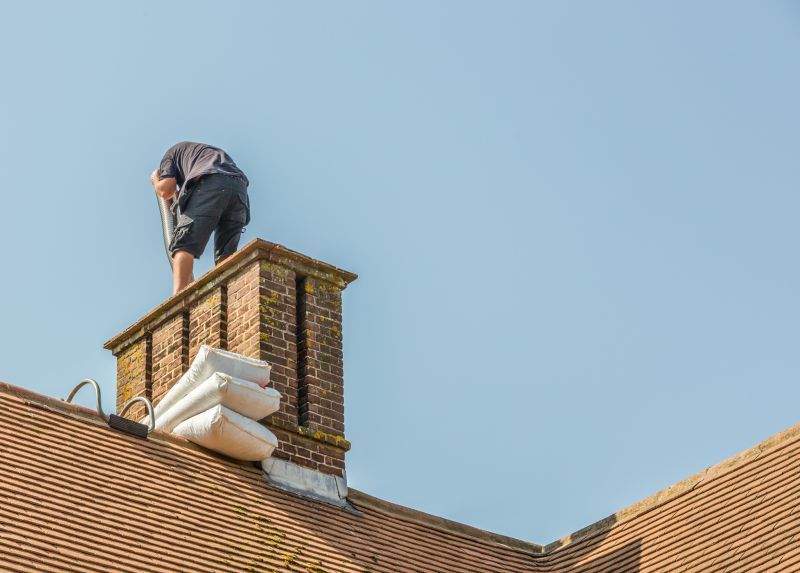
The liner protects the chimney structure from heat and corrosion, ensuring safe venting of smoke and gases.
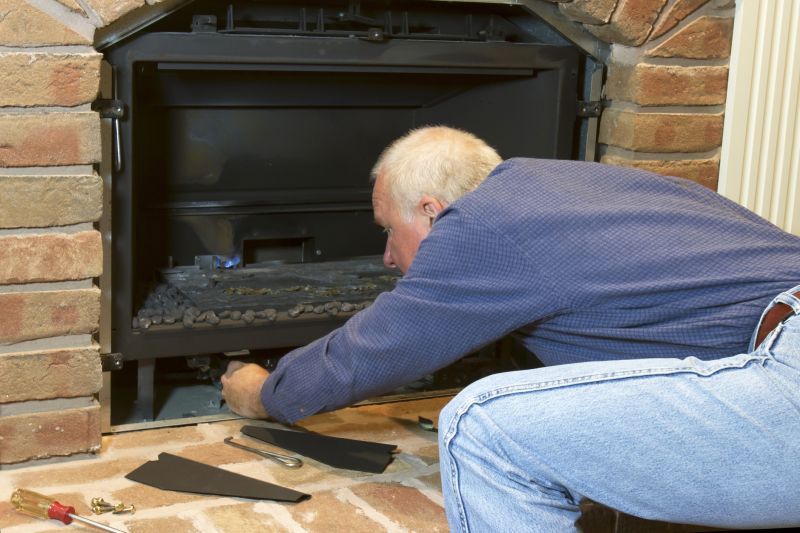
The damper controls airflow and prevents heat loss when the fireplace is not in use.
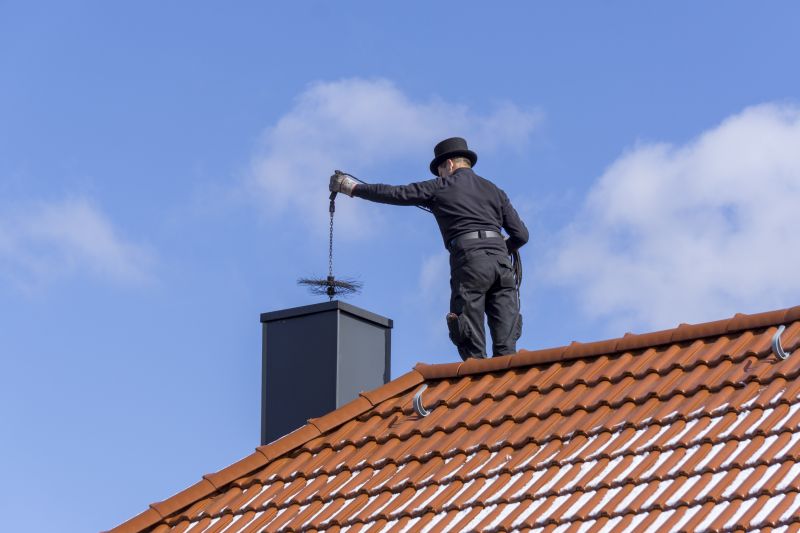
Inspecting the fireplace opening helps identify cracks or damage that could pose safety risks.
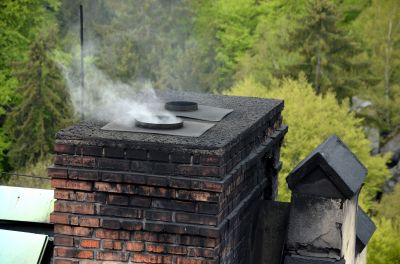
A detailed examination of the interior reveals creosote buildup, blockages, or damage to the masonry.
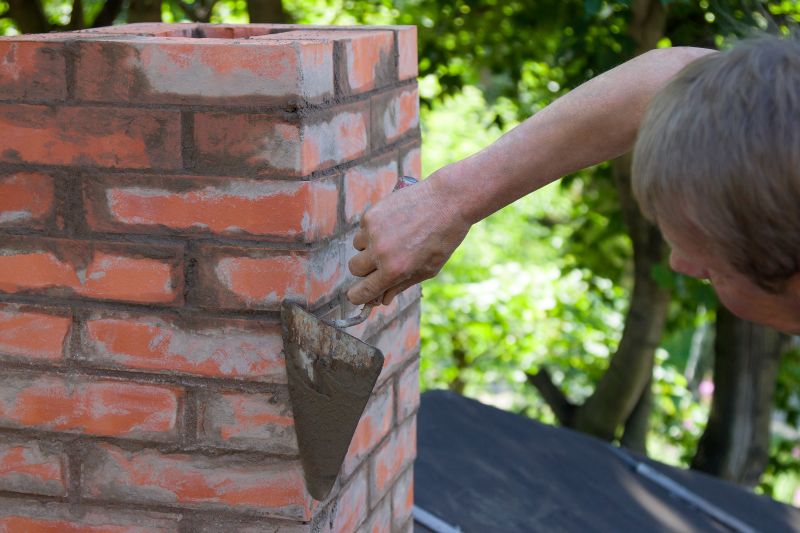
Assessing the exterior helps detect cracks, deterioration, or water damage affecting the chimney's stability.
Failing to properly inspect and maintain a chimney can lead to dangerous situations such as chimney fires, carbon monoxide leaks, or structural collapse. Ensuring all components are in good condition is vital for safety and efficiency.
Regular inspections help detect creosote buildup, cracks, or blockages that can cause fires or harmful gases to escape.
Key parts include the chimney cap, liner, damper, and masonry, all of which require periodic evaluation.
Neglecting chimney care can result in fire hazards, smoke damage, or dangerous carbon monoxide exposure.
A professional inspection involves checking all components, cleaning creosote deposits, and assessing structural integrity.

A wood burning fireplace requires regular chimney inspections to ensure safe operation.
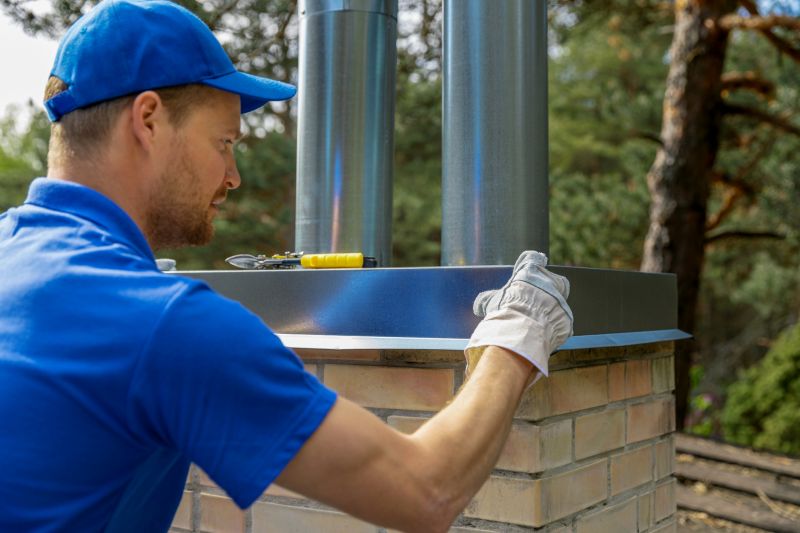
Inspecting the flue helps prevent creosote buildup and ensures proper venting.

Assessing the structure around the fireplace can prevent potential hazards.
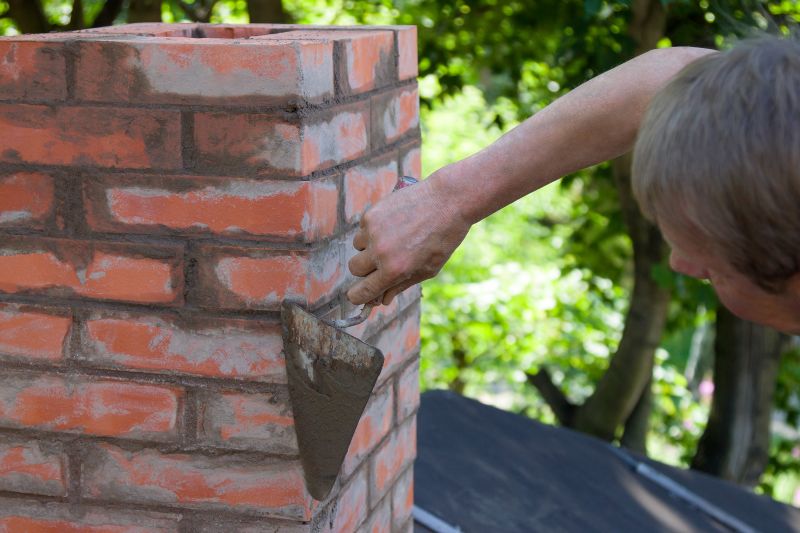
Maintaining the exterior masonry prevents water intrusion and deterioration.

Professional cleaning removes creosote and debris, reducing fire risk.
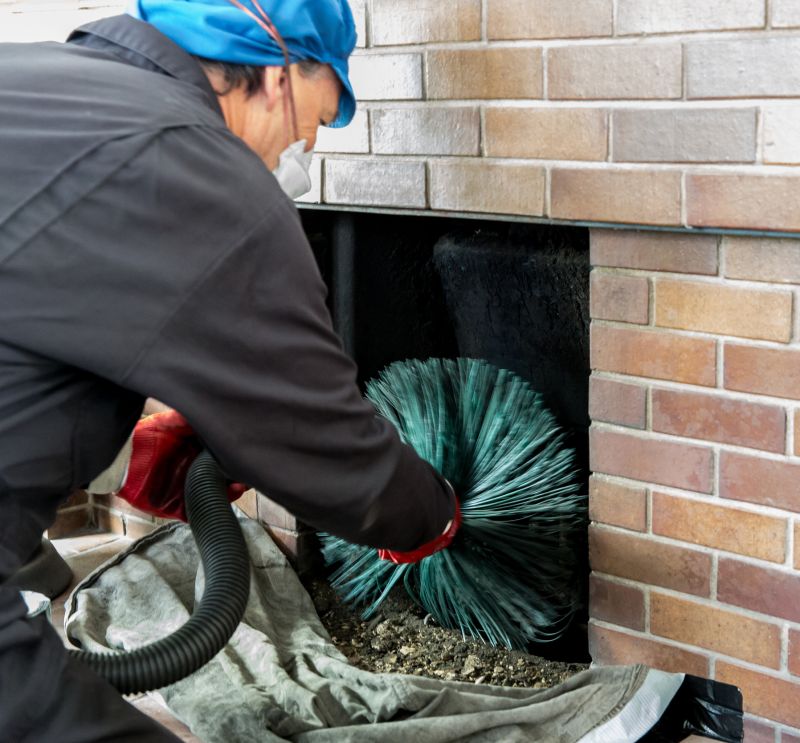
Ensuring the damper functions correctly helps control airflow and heat retention.
For a comprehensive assessment of a chimney's condition and to ensure safety, contact a professional chimney inspection service. Request a quote today to maintain a safe and efficient fireplace system.
